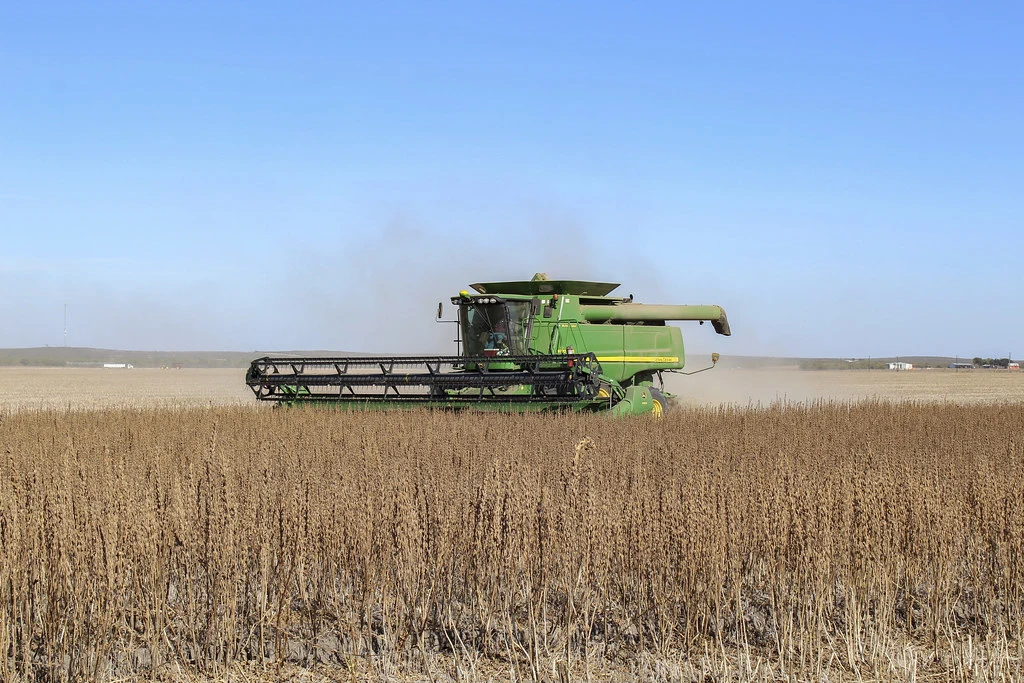-
-
Suite 1, Floor 2, Wing C, Alhaji Adenekan Plaza, Okota Road, Isolo, Lagos State, Nigeria
Blog Details

17
JulFrom Field to Flavor: Unveiling the Secrets of Sesame Seed Harvesting
From Field to Flavor: Unveiling the Secrets of Sesame Seed Harvesting
Contents
Those tiny, nutty specks we sprinkle on bagels and stir into tahini have quite the journey before gracing our plates. Ever wondered how are sesame seeds harvested? Today, we delve into the fascinating world of these versatile seeds, exploring the traditional and modern methods that bring them from field to flavor.
Nature’s Tiny Treasure Chest:
Sesame seeds grow within small, oblong pods on bushy plants that thrive in warm climates. When the plants mature, the pods begin to dry and turn yellow or brown, signaling harvest time. This is when the magic of how are sesame seeds harvested unfolds.
Traditional Techniques For Sesame Seed Harvesting:
Local techniques for sesame seed harvesting vary across different regions, often influenced by traditional practices, climate, and available resources. Here are some common methods used in various parts of the world:
Manual Harvesting
Cutting by Hand:
- Timing: Harvesting typically begins when the majority of sesame pods have turned yellow and are beginning to dry.
- Tools: Farmers use simple tools such as sickles or knives to cut the sesame plants at the base.
- Drying: The cut plants are usually bundled and left to dry in the field or taken to a drying area where they are placed in an upright position or laid on the ground.
Shaking and Beating:
- Threshing: Once the plants are dry, they are often beaten with sticks or shaken to release the seeds from the pods. This can be done on a tarpaulin or a clean, hard surface to collect the seeds.
Semi-Mechanical Techniques
Hand-Held Threshers:
- Equipment: Portable, hand-held threshers or small machines can be used to facilitate the separation of seeds from the pods.
- Efficiency: These tools can significantly reduce the labor and time required compared to manual beating.
Motorized Threshers:
- Usage: In some areas, small motorized threshers are available. These machines can quickly and efficiently separate sesame seeds from the pods.
- Cost: These machines are relatively affordable and can be operated by individual farmers or cooperatives.
Modern Advancements For Sesame Seed Harvesting:
Modern advancements in sesame seed harvesting have focused on increasing efficiency, reducing labor, and improving the quality of the harvested seeds. These advancements encompass a range of technologies and practices designed to streamline the process from field to storage. Here are some key modern advancements in sesame seed harvesting:
Mechanized Harvesting
Combine Harvesters:
- Function: Specialized combine harvesters designed for sesame can cut, thresh, and clean the seeds in one pass.
- Efficiency: These machines significantly reduce the time and labor required for harvesting compared to manual methods.
- Adaptation: Modern combines can be adjusted for the specific needs of sesame, such as controlling the speed and pressure to minimize seed loss and damage.

Stripper Headers:
- Design: Stripper headers are attachments for combines that strip the seeds from the plant while leaving most of the plant material in the field.
- Benefits: This reduces the amount of material that needs to be processed and can improve the efficiency of threshing and cleaning.
Advanced Threshing and Cleaning
Mechanical Threshers:
- Technology: Advanced threshers use precise mechanical action to separate seeds from the pods with minimal damage.
- Capacity: Modern threshers have higher capacities and can process large quantities of sesame seeds quickly.
Air-Screen Cleaners:
- Function: These machines use airflow and screens to separate seeds from debris and impurities.
- Quality: They ensure that only clean, high-quality seeds are collected, improving the overall product quality.
Winnowing the Way:
After threshing, the seeds are separated from the chaff and debris using a process called winnowing. This can be done traditionally by tossing the mixture in the air, allowing the wind to carry away the lighter chaff while the heavier seeds fall back down. In modern settings, specialized machines perform this task with greater precision and speed.
The Final Touches:
The harvested seeds then undergo cleaning and drying to remove any remaining impurities and ensure optimal quality. Finally, they may be hulled to remove the outer bran layer, resulting in the white sesame seeds we commonly see.
A Global Collaboration:
From the meticulous hand-harvesting of small farms to the mechanized efficiency of large-scale operations, the process of how are sesame seeds harvested involves a diverse range of practices across the globe. Major sesame seed producers like India, Sudan, and Ethiopia each contribute their unique methods and traditions to the global supply chain. So, the next time you savor the nutty goodness of sesame seeds, remember the dedication and expertise involved in bringing them to your table. The journey of how are sesame seeds harvested showcases the fascinating link between agriculture, tradition, and the global food system we enjoy today.
Author's Details
gombella
Other posts by gombella